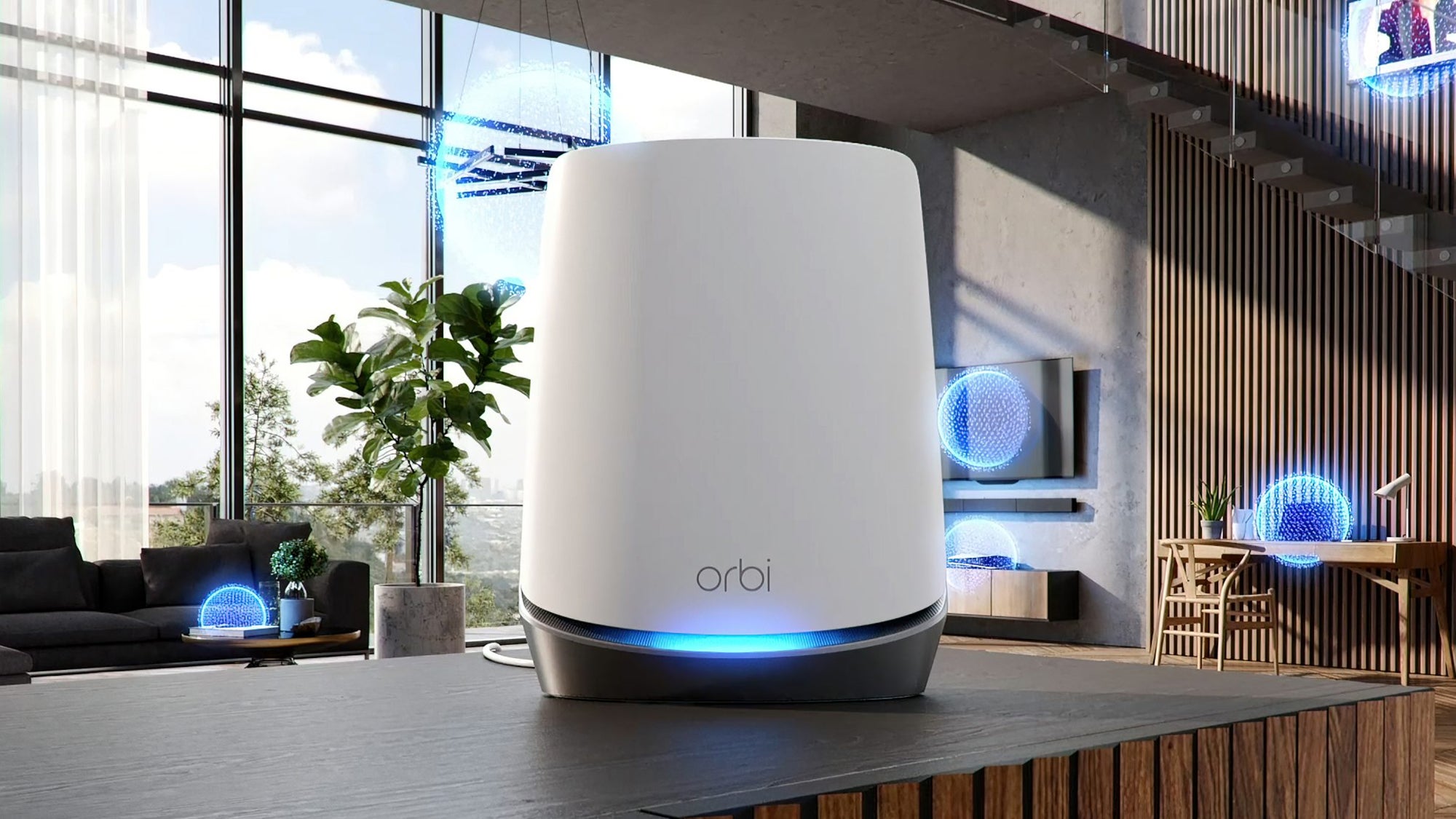Read this before setting up a 5G WiFi network at home

When it comes to getting internet at home, you’ve got a growing number of options: You can get wired broadband, connect to satellites orbiting Earth, or wirelessly pipe 5G into your property.
Having this kind of internet at home works more or less like it does on your phone. You’ll just need a router with a 5G SIM card slot which will then connect to the nearest cell tower and give you all the speed and convenience of this mobile network.
As far as your laptop, phone, and other devices are concerned, a 5G WiFi network looks just the same as standard broadband. You might find the time it takes requests to travel from your device to a server and back (also known as latency), may be higher than on regular WiFi, but faster download speeds might make up for it.
If you’re a gamer, latency problems may be reason enough to forgo a 5G home connection, but this technology will continue to improve with the building of more cell towers. And if you have the budget, you can even run a broadband WiFi network alongside a 5G one, giving you a backup should you ever need one.
1. Check 5G coverage where you live
There’s little point in setting up a 5G home network if you’re getting little to no 5G at your address. If you’ve got a 5G phone, you can easily use it to check the coverage at your place—just switch off WiFi and visit a site such as Speedtest to learn about download and upload rates at your location.
[Related: All the info you need to refute 5G conspiracy theories]
You can also look up 5G coverage in your area by checking the maps provided by carriers such as T-Mobile and Verizon. And even if we’re focusing on 5G in this guide, note that 4G LTE is also an option—you just won’t get the maximum speeds if your router falls back to 4G LTE.
2. Pick the right 5G plan for you
Verizon is leading the way as the company with the best coverage in the US offering 5G home internet packages. You can buy an all-in-one kit starting at $25 a month. Another major carrier is T-Mobile, with plans starting at $50 a month. Other providers have yet to jump in, but they still offer 4G LTE plans you can consider.
You can also set up a 5G network yourself. You’ll need a 5G router (such as the Netgear Nighthawk M6, at a hefty $800) and a 5G SIM with a data plan attached. Just make sure to check with your provider if the SIM card you want will work with a router rather than a phone. Also, you should bear in mind that you’ll need a lot of data to support all of your devices.
3. Position your router correctly
Once you’ve got your 5G router installed, all the usual WiFi optimization tips will apply. The way you’re getting internet into your home might be different, but the WiFi network generated by your router is much the same as a conventional one.
That means the position and placement of your router are important: Somewhere central, away from walls and floors, is best. The good news is that a 5G router doesn’t have to be fixed to the broadband entry point, so you can put it anywhere you want as long as there’s a power socket nearby.
4. Expand your network
Speaking of maximizing coverage, you can also attach mesh WiFi system to get wireless internet into all the corners of your home. These work in tandem with your 5G router to support more devices across a bigger space.
As far as your mesh nodes are concerned, it doesn’t matter if the incoming internet is supplied over 5G, 4G LTE, or broadband—these units will still optimize coverage across your home and keep your devices on a stable connection.
5. Go wired when necessary
Part of the appeal of 5G home internet is that there’s one less wire: You don’t need to connect your router up to the local fiber network because it is communicating directly with the 5G towers in range.
However, most 5G routers and mesh WiFi nodes offer the alternative of onboard Ethernet ports, which come in handy for devices where speed is most important, such as game consoles and streaming boxes.
6. Split your devices
Having both broadband and 5G WiFi networks at home is expensive, but if you absolutely need a reliable connection, there’s the benefit of still being able to get online if someone inadvertently cuts an internet cable at the end of your street.
[Related: Your WiFi and your smart home don’t get along. Now what?]
There’s also the advantage of being able to connect a large number of devices to the web without worrying about network congestion or gadgets interfering with each other. But you’ll need to be a little strategic about where you put each device. For example, if your phone controls your smart home lights and thermostat, they will all need to be on the same WiFi network. Likewise, if you’re Chromecasting movies from your tablet to your TV, they’ll also need to share a WiFi network.
Any gadget can connect to a 5G WiFi network, but if you’re using it as a backup, think about connecting devices that don’t use too much bandwidth or need a constant internet connection. Gadgets that don’t necessarily need to connect to any other pieces of hardware in your home are also a good fit for your 5G network.
7. Configure your router
Just like a standard WiFi router, your 5G router is going to come with a bunch of onboard configuration options. They’ll vary depending on the model you pick, but most of them include parental controls, speed tests, device management, and software updates.
In the case of the router supplied for Verizon 5G Home Internet, for example, you can see which gadgets are currently connected and set up a guest network.
This article has been archived for your research. The original version from Popular Science can be found here.


